Explore the best places
Discover new places in Castelo Branco
Estação Arqueológica do Monte de São Martinho
- heritage
Monte de São Martinho - EN18-8
6000, Castelo Branco
In the vicinity of Castelo Branco, in a high place of great natural beauty, stands a hill of quartzite formation, with strong endogenous vegetation and from where you can contemplate beautiful panoramic views over the Tagus Valley and the city. At the base and on the hill there are traces of the Roman presence in the region, as well as marks of a prehistoric past. Proença Júnior was the first archaeologist to be interested in this place, having found in 1903 three inscribed stelae from the Bronze Age.
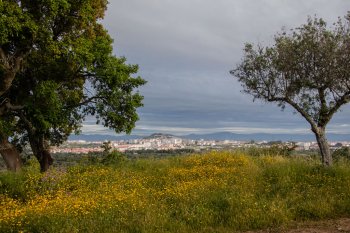
Igreja de São Miguel / Igreja Matriz de Castelo Branco / Sé Catedral
- heritage
Largo da Sé
6000-102, Castelo Branco
The Church of São Miguel, which was elevated to the rank of Cathedral in 1956, is located in an area where, since 1213, there are traces of a temple, which would have belonged to the Templars. It was rebuilt in the Renaissance style in the 17th century, although elements from the various construction stages are visible, such as the 16th-century transept, the 17th-century altarpieces or the 18th-century chancel. It has only one nave, separated from the chancel by a Renaissance arch, and the façade has few ornaments.

Igreja de Nossa Senhora de Mércoles
- heritage
Caminho de Nossa Senhora de Mércoles
6000, Castelo Branco
Located in a hermitage near Castelo Branco, this late-Gothic church was built by friars of the Order of the Temple. The entrance portal and the two lateral ones are ogival, while the interior features different tiles, of Hispano-Arabic origin, and records of frescoes. It comprises a single nave and an apsidal chapel, having been the subject of major works between the 17th and 19th centuries.
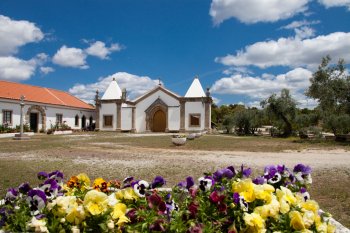
Antigos Paços do Concelho e Cadeia de Castelo Branco - Domus Municipalis - Centro de Interpretação do Bordado
- heritage
Praça Camões
6000-262, Castelo Branco
Located in Praça Velha, this 16th-century Manueline-style building stands out for its architecture and the elements that characterize it. On the main façade, the balcony, the Coat of Arms of Portugal, the Coat of Arms of D. Manuel, the Armillary Sphere, and a tombstone in Latin, from 1646. Above the main door, there is a belfry, now without a bell, which in the past announced the closing of the city's defensive gates. Institutions such as the City Council or the jail have already operated in this place, which currently houses the Embroidery Interpretation Centre.
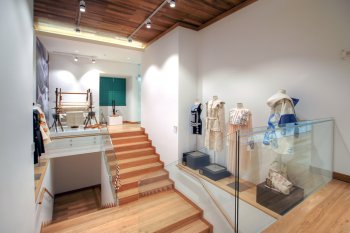
Jardim do Paço
- country
- leisure
Rua Bartolomeu da Costa, 5
6000-773, Castelo Branco
Classified as a national monument, it is one of the ex-libris of the city and one of the most original examples of the Baroque style in Portugal, having been built at the behest of D. João de Mendonça, Bishop of Guarda, around 1720. It features five lakes on the main slope, where the water features stand out, while the intermediate one has the Lago das Coroas and the Stairs of the Apostles and Kings, where all the Portuguese monarchs are represented. On the upper deck is the Staircase of Moses.
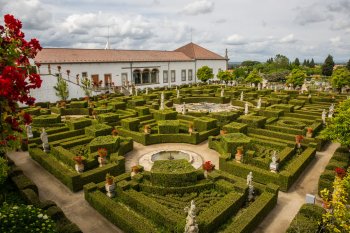
Miradouro de São Gens
- country
- leisure
Rua da Piscina
6000, Castelo Branco
The views it offers over the historic area of Castelo Branco and the region greatly reward the effort required to reach it. It is located close to the Castle and opened in 1941, built to “hide” the water supply tanks and later reclassified during the Polis program. The garden benches and shadows invite you to take a well-deserved rest, while contemplating the panoramic view that goes from Serra da Estrela to the border.
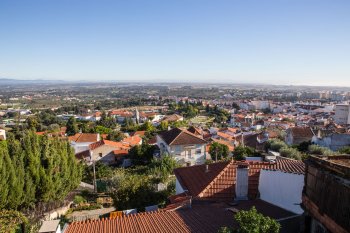
Museu Francisco Tavares Proença Júnior
- heritage
Largo Doutor José Lopes Dias, 1
6000-462, Castelo Branco
Situated in the former Episcopal Palace since 1971, it was created in 1910 in the Convent of the Capuchos, by the archaeologist and personality of several interests in science and the arts for whom it bears the name. The original organization was based on the founder's archaeological collection, later reinforced with pieces from the Episcopal Palace and with archeology spoils and the typical embroidered bedspreads. In the temporary exhibitions, works of textile art, sacred art and ethnography stand out.
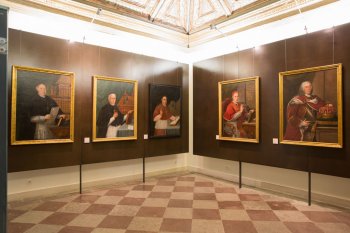
Jardim da Devesa
- country
- leisure
Praça do Município
6000, Castelo Branco
Small garden located in the center of the city, in front of the Town Hall. There is a small café with a pleasant covered terrace and a few benches where you can rest while watching the hustle and bustle of the city. Here you can appreciate the typical Portuguese pavement decorated with the characteristic embroidery designs of Castelo Branco.
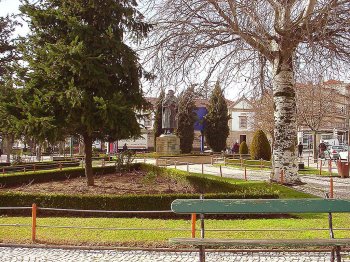
Porta Quinhentista da Rua dos Peleteiros
- heritage
Rua dos Peleteiros, 42
6000-208, Castelo Branco
Cinquecentist portal.
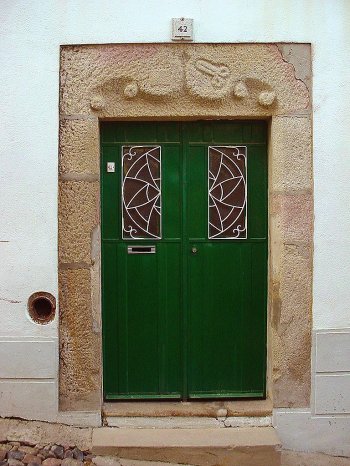
Muralhas da Alcáçova e Torre do sistema defensivo
- heritage
Rua da Piscina
6000-776, Castelo Branco
Walls of the Templar Castle dated from the Xii century. During Dom Dinis reign, in the XIV century, it suffered some changes.
